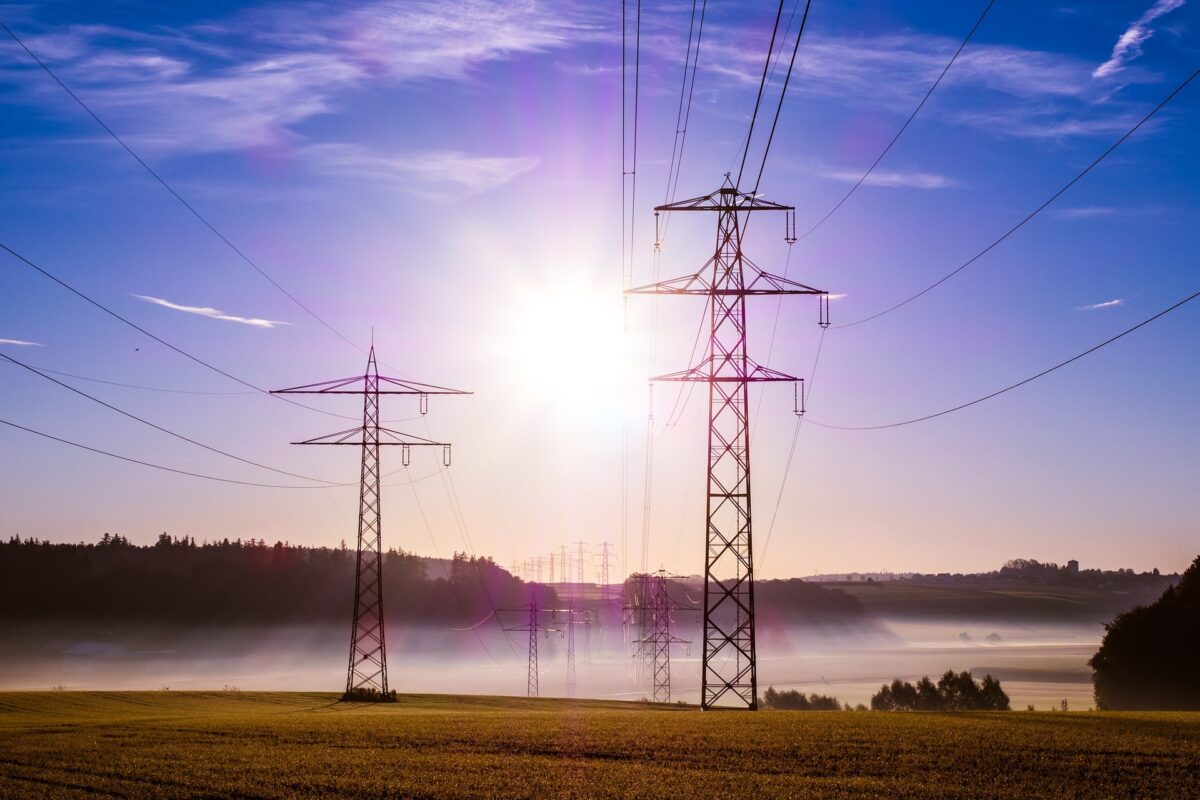The U.S. Department of Energy has identified for rapid scaling four high-priority technologies related to transmission and distribution. The technologies are:
- Advanced conductors, which can double the capacity of existing transmission corridors and facilitate interconnection of renewables near those corridors
- Advanced distribution management systems and their advanced applications, which the National Renewable Energy Laboratory says can provide “next-generation control capabilities” including the management of high penetrations of distributed energy resources
- High-voltage direct current (HVDC) transmission, which has been used to transmit wind and hydropower, but rarely to transmit solar power
- Dynamic line ratings for transmission lines, a type of “grid-enhancing technology” that enables greater transmission when permitted by weather conditions such as high wind, and which can enable greater transmission of wind power.
DOE announced the four priority technologies in a webinar and slide deck giving a “sneak peek” at the content of a forthcoming report on pathways to commercial liftoff for those and other grid technologies.
DOE is now accepting concept papers through January 12 for a share of $10.5 billion in funding support through the department’s Grid Resilience and Innovation Partnerships (GRIP) program, prioritizing in this funding round projects that “significantly increase transmission capacity,” said Maria Robinson, director of DOE’s Grid Deployment Office. She gave as examples projects using advanced conductors, HVDC, or grid enhancing technologies, as well as substation projects and upgrades that support distributed energy resources and renewables integration.
“In general, we’re always supporting projects that are leveraging advanced transmission technologies, to enhance the flexibility and reliability of the grid,” she said.
Advanced conductors face three deployment challenges, said Isabel Sepulveda, a DOE project manager for smart grid grants. Because their upfront costs are higher than the costs of conventional conductors, this limits their competitiveness in the least-cost investment models “typically used by state regulators to approve transmission plans.” Utility models also “tend to undervalue” the efficiency gains provided by advanced conductors, she said, while training installation crews and greater technical standardization are also needed.
The four priority technologies “are here right now” and can be “deployed today,” said Lucia Tian, senior advisor to DOE’s chief commercialization officer. She said that DOE is hearing a “growing interest” from industry and regulators in such technologies, but “we need to ramp the momentum.”
Tian said the four technologies have “high priority for rapid scaling” and “can have significant impacts on rapidly expanding grid capacity in the near term. But we’re seeing a mismatch between the high system value these solutions can bring and the level of industry interest in these technologies.”
DOE funding programs, including the GRIP program, are available to accelerate more early deployments and catalyze broader uptake of these types of solutions, Tian said. Utilities, regulators, policymakers, solution providers, and other key stakeholders “can start acting today, taking advantage of unprecedented federal investment and policy incentives to accelerate deployment of innovative solutions that can unlock meaningful near-term value.”
The full liftoff report, including an analysis of the remaining technologies that DOE considered, is set for release in early 2024.
This content is protected by copyright and may not be reused. If you want to cooperate with us and would like to reuse some of our content, please contact: editors@pv-magazine.com.








By submitting this form you agree to pv magazine using your data for the purposes of publishing your comment.
Your personal data will only be disclosed or otherwise transmitted to third parties for the purposes of spam filtering or if this is necessary for technical maintenance of the website. Any other transfer to third parties will not take place unless this is justified on the basis of applicable data protection regulations or if pv magazine is legally obliged to do so.
You may revoke this consent at any time with effect for the future, in which case your personal data will be deleted immediately. Otherwise, your data will be deleted if pv magazine has processed your request or the purpose of data storage is fulfilled.
Further information on data privacy can be found in our Data Protection Policy.